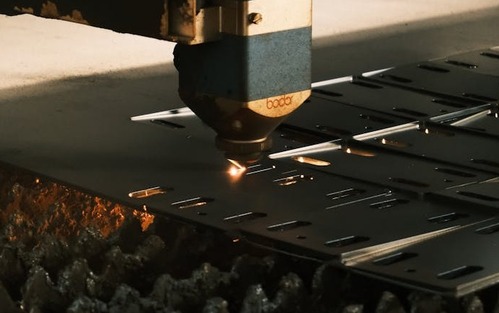Sheet metal has long been a fundamental material in construction and design, and its role remains as relevant today as ever. Whether applied in large-scale infrastructure or small DIY builds, its balance of strength, formability, and availability makes it indispensable across a wide range of projects. As materials and techniques evolve, sheet metal continues to meet the practical and creative demands of modern fabrication, bridging traditional craftsmanship with current industrial needs.
Why Sheet Metal Remains Essential in Fabrication
One of the primary reasons for sheet metal’s widespread use lies in its exceptional combination of durability and versatility. It can withstand mechanical stress, corrosion, and varying environmental conditions, making it suitable for both structural and decorative applications. Stainless steel, aluminium, copper, and galvanised steel are commonly selected based on the specific requirements of strength, weight, or corrosion resistance.
Sheet metal is also valued for its precision. With the support of modern machinery, fabricators can achieve exact cuts, folds, and perforations that meet stringent specifications. This level of accuracy is particularly useful in sectors such as construction, automotive, and HVAC, where tolerance for error is minimal.
Its adaptability makes it useful in both mass production and bespoke projects. From ductwork and cladding to furniture frames and enclosures, sheet metal offers consistency and customisability, regardless of scale.
Custom Fabrication Trends: Evolving Techniques
Advances in manufacturing have transformed how sheet metal is processed. Traditional methods like cutting, bending, and welding are now supported by computer numerical control (CNC) systems that allow for faster turnaround and increased precision.
Laser cutting, for instance, has become a popular choice for creating complex designs with minimal material wastage. Press braking technology allows for intricate bends without compromising the integrity of the material. Additionally, 3D modelling software now plays a vital role in planning and visualising fabrication, helping to reduce costly mistakes before the first cut is even made.
Another trend is the integration of multi-process machinery. These hybrid machines combine cutting, punching, and forming into one workflow, reducing downtime between operations and improving efficiency. As a result, businesses and individual fabricators alike can produce highly detailed components in less time, with fewer errors.
Sustainability in Metalwork: Reducing Waste and Promoting Reuse
Sustainability has become an increasingly important aspect of modern fabrication. Sheet metal stands out in this regard due to its recyclability. Metals like aluminium and steel can be recycled multiple times without degrading their properties, making them ideal for sustainable practices.
Fabrication facilities are adopting strategies to minimise offcuts and energy usage. Using nesting software, for example, allows for parts to be arranged on a metal sheet in a way that maximises usage and reduces scrap. Waste materials are often collected and reprocessed, either in-house or sent to specialised recycling centres.
Some operations also focus on sourcing recycled materials from the start, further lowering the environmental footprint of the end product. These efforts not only contribute to responsible production but also often lead to cost savings over time.
The Practical Benefits of Quality Sheet Metal Work
When planned and executed correctly, sheet metal fabrication delivers reliability, precision, and adaptability. Businesses across construction, retail, transport, and manufacturing benefit from custom solutions that meet both functional and aesthetic goals. Well-fabricated metal parts reduce the risk of failure, lower maintenance costs, and often simplify installation.
For DIY enthusiasts and smaller-scale builders, sheet metal offers a workable material that can be shaped with the right tools while still providing professional-grade results. With increasing access to digital design platforms and fabrication services, even individual creators can bring technically sound projects to life.
By working with providers experienced in sheet metal fabrication services, users gain access to expertise that helps meet demanding project requirements with efficiency and consistency.



